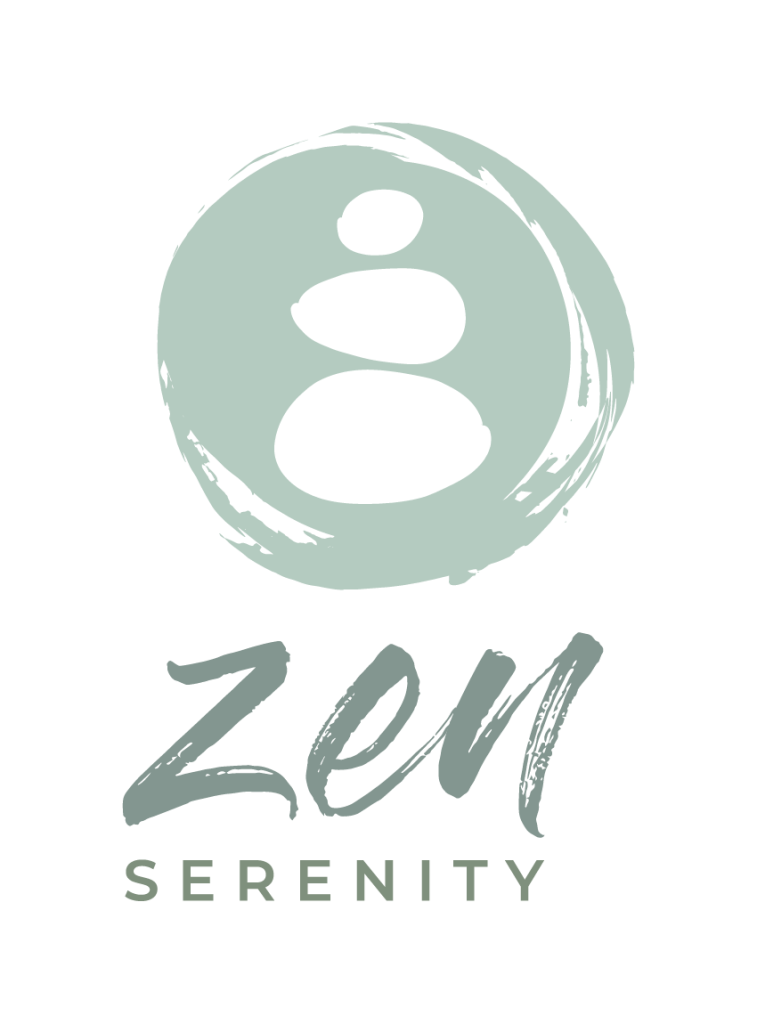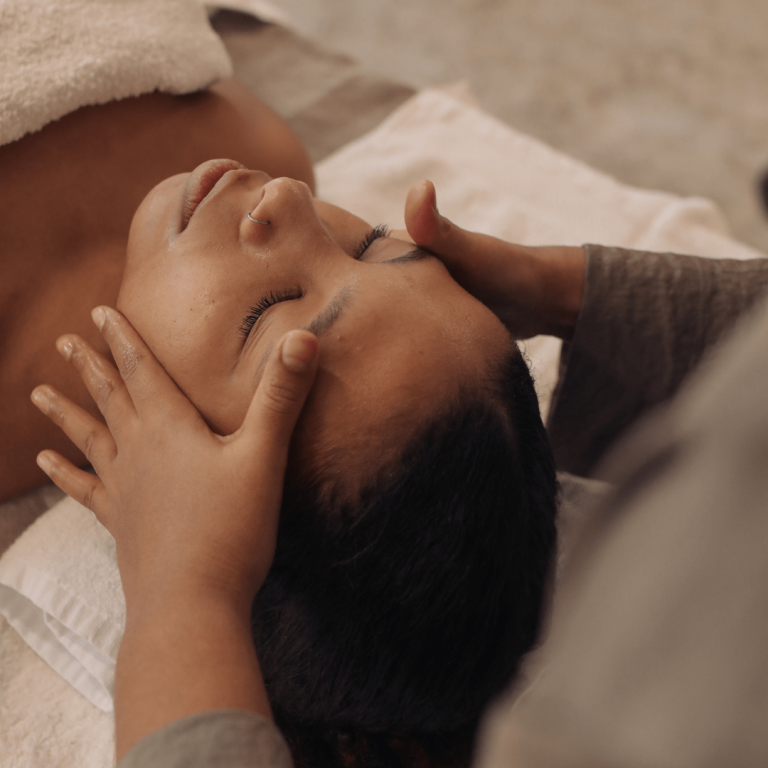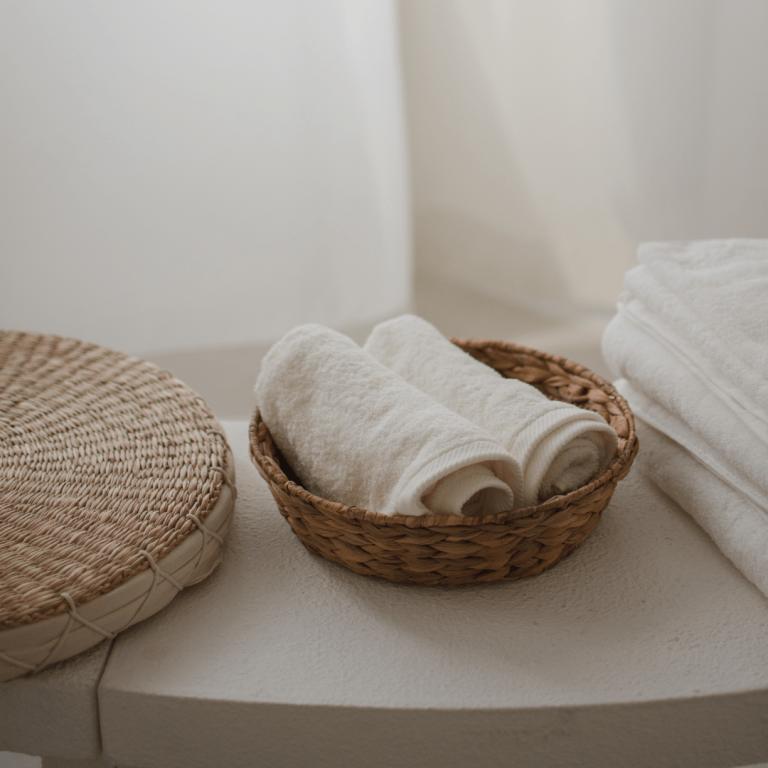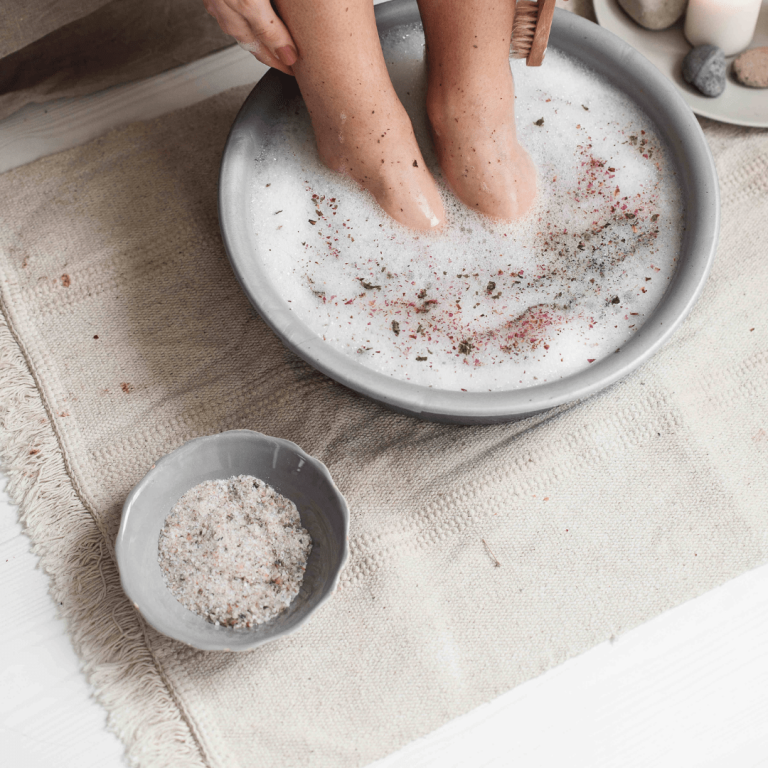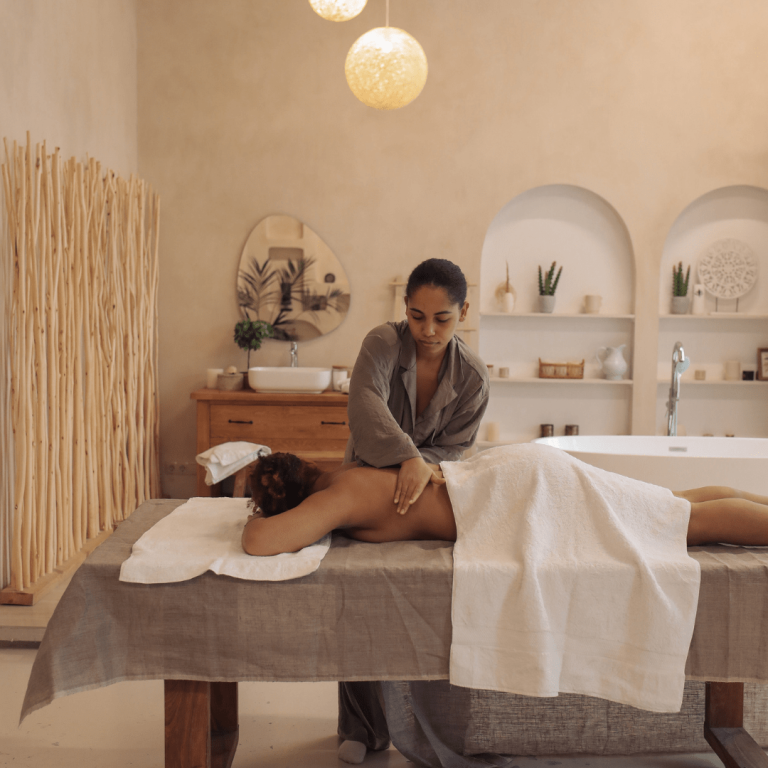In our fast-paced lives, stress and tension can build up, leaving us feeling physically and mentally exhausted. While a visit to a professional massage therapist is a delightful treat, it’s not always feasible. Fortunately, you can practice the art of self-massage to alleviate these issues and experience relaxation and rejuvenation right at home. In this blog, we’ll explore the benefits of self-massage and introduce you to some simple yet effective techniques to soothe your body and mind.
The Benefits of Self-Massage
Stress Reduction: Self-massage helps release tension and stress that accumulates in the muscles. The rhythmic motions and gentle pressure can trigger your body’s relaxation response, leading to a sense of calm and wellbeing.
Pain Relief: Self-massage can alleviate common aches and pains, such as tension headaches, muscle soreness, and joint stiffness. It can also help improve circulation, which aids in pain management.
Improved Sleep: Regular self-massage can help promote better sleep by relaxing the body and mind, making it easier to fall asleep and stay asleep throughout the night.
Enhanced Flexibility: Massaging your muscles and joints can increase flexibility and mobility, which is particularly beneficial if you lead a sedentary lifestyle or have tight muscles.
Mind-Body Connection: Self-massage encourages mindfulness as you become more attuned to your body’s sensations and needs. It’s an excellent opportunity to disconnect from the world and focus on self-care.
Techniques for Self-Massage
Self-Neck Massage:
- Sit or stand in a comfortable position.
- Gently tilt your head to one side, bringing your ear toward your shoulder.
- Use your fingertips to apply gentle pressure on the opposite side of your neck.
- Slowly move your fingers in a circular motion.
- Repeat on the other side.
Self-Shoulder Massage:
- Sit with a straight back.
- Place your right hand on your left shoulder.
- Use your fingers to knead the muscles gently.
- Continue in a circular motion for a few minutes, then switch to the other shoulder.
Self-Foot Massage:
- Sit down and place a tennis ball or a small massage ball under your bare foot.
- Roll the ball under your foot, applying gentle pressure.
- Focus on areas that feel tight or tense.
- Repeat with the other foot.
Self-Back Massage (with a foam roller):
- Lie on your back with a foam roller under your upper back.
- Gently roll back and forth, applying slight pressure.
- Pay attention to any knots or areas of tension.
- Move the roller lower on your back and repeat the process.
Self-Facial Massage:
- Using your fingertips, apply gentle pressure to your forehead, temples, and jawline.
- Work in circular motions to relieve tension.
- This can also help you relax and ease headaches.
Self-Hand Massage:
- Interlace your fingers and rub your hands together.
- Gently stretch and flex your fingers.
- Pay attention to the muscles in your palm and between your fingers.
Remember to breathe deeply and focus on the sensations in each area you massage. You can use oils or lotions to make the process smoother and more enjoyable. Take your time and be patient with yourself, as self-massage is as much about self-care as it is about physical relief.
Self-massage is a powerful tool for self-care, offering numerous benefits for your body and mind. It’s a simple yet effective way to reduce stress, alleviate pain, and promote overall relaxation. By incorporating these techniques into your daily or weekly routine, you can experience the soothing touch of self-massage and keep your body and mind in balance. So, take some time for yourself and embark on a journey of healing and rejuvenation through self-massage.
